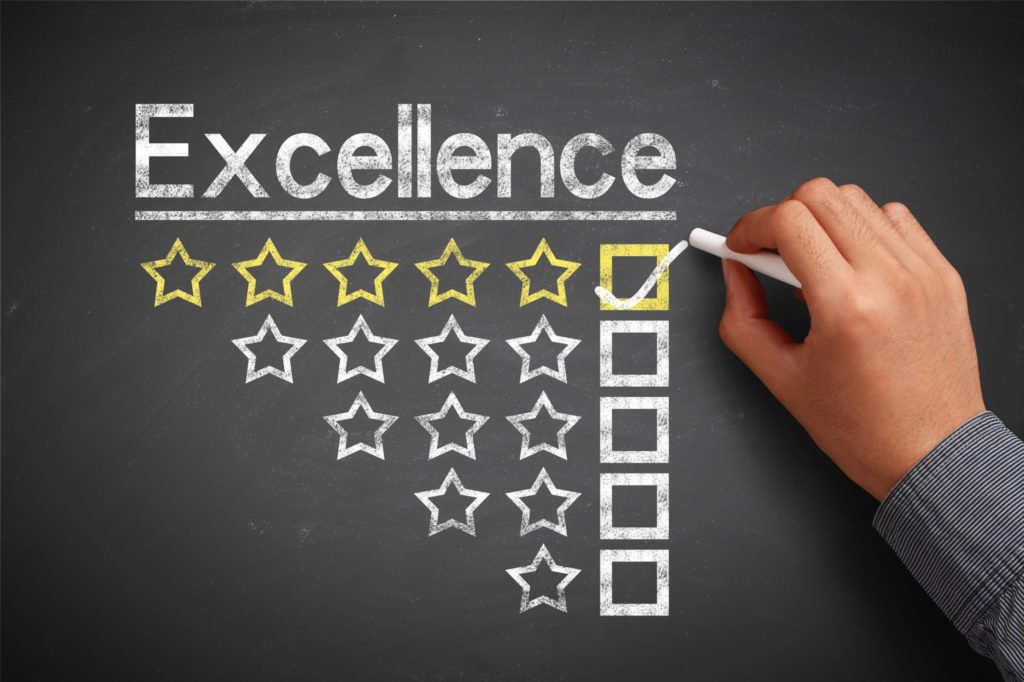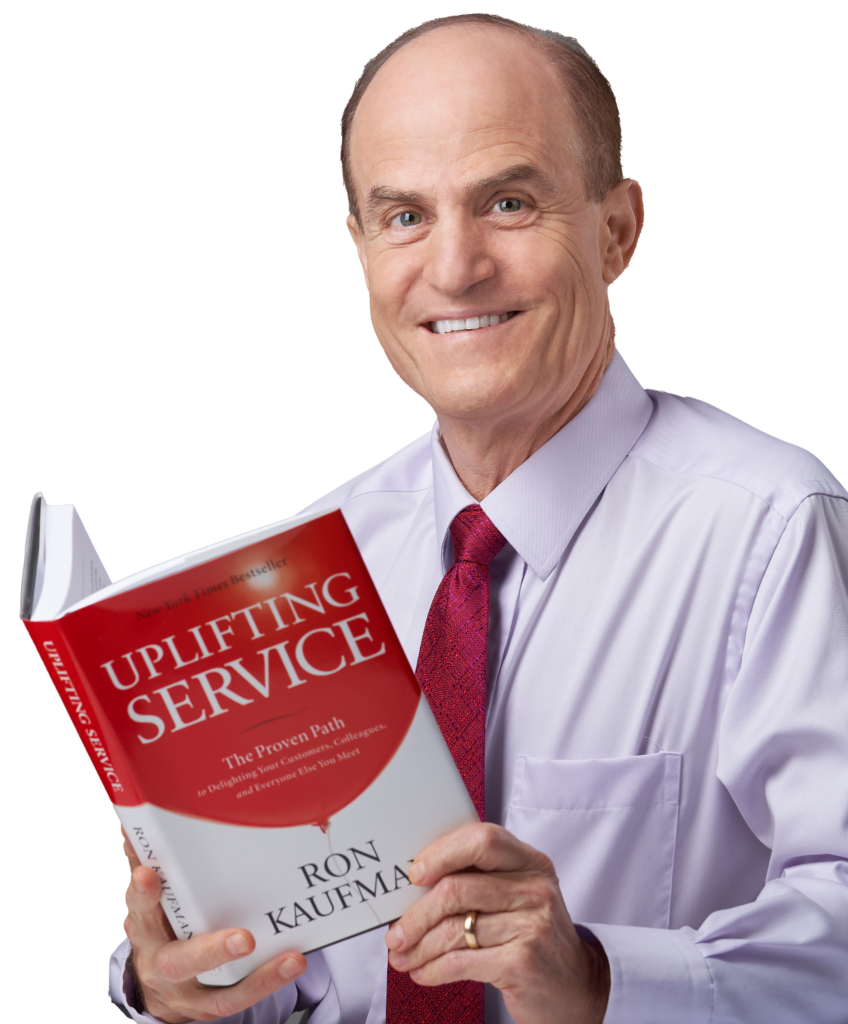
Setting service standards is an approach commonly used to create consistent levels of service performance and enhance customer experience. Yet this practice is often disappointing, and at times even counter-productive. Why?
Performance and process standards can be useful for compliance and short-term training, but they do not generate the understanding or appetite for long-term improvements in customer experience.
Rigorous use of standards may ensure adherence to precise processes, but will not focus service providers’ curiosity or attention towards what customers may really value. Process standards can also quickly become outdated as systems and technology evolve, and are thus often merely tolerated, or ignored. And in some cases, process standards can make the customer experience worse, by driving staff to robotically deliver a uniform baseline experience while ignoring unique opportunities to delight individual customers.
The core problem lies in not recognizing there are two types of service standards, each with their own purpose and value: standards of process and standards of experience. Rather than leveraging each type uniquely, companies often confuse the two, or fail to create one or the other.
How do these two types of service standards differ? And how can you make the best use of each?
1. Standards of service process
- Answer the phone within 3 rings.
- Greet each customer by their first name.
- Respond to every customer inquiry within 60 minutes.
- Open a new queue if more than 3 customers are waiting.
- Check each passenger has their seat belt fastened.
- Resolve a client problem within 4 hours.
- Follow up each complaint resolution within 24 hours.
- Ask each client to complete feedback survey before they leave.
- Establishing a clear understanding of expected performance in specific transactions so staff know what to do.
- Creating consistency in service delivery across all staff and locations.
- Increasing efficiency and safety for customers.
- Training new staff members.
- Coaching and correcting ongoing staff performance.
- If process standards are not reviewed and adjusted, they may become outdated and no longer deliver minimum customer expectations of service.
- Process standards can become focused on ensuring compliance to internal pre-defined steps versus thinking about how to exceed expectations or respond in unusual situations. It becomes commonplace for team members to “complete the checklist” yet still have an unimpressed or unhappy customer.
- Reports and metrics can focus attention on meeting targets for internal work, and not meeting aspirations for delighting or wowing external customers.
2. Standards of customer experience
Customer experience service standards transcend specific transactions and focus attention on the overall customer experience. These standards are more inspirational by nature and call forth the positive emotions we all experience when our customers are being well-served.
Customer experience standards provoke staff members to look beyond routines and find ways to create unique, delightful, and even extraordinary experiences. Focusing on standards for positive customer experience can encourage, enable, and empower team members to “Unleash the Unbelievable!”
Standards of customer experience are also useful to guide staff behavior when unpredictable situations arise. It may not be possible to have process standards for every customer circumstance, preference, or request. Clear standards for customer experience thus liberate and encourage staff members to act with their own best abilities, instincts, and talents.
- We make each customer feel like a guest in their own home
- We treat each patient like they are our own mother
- We make each moment matter
- We give each customer the time they desire to solve problems
- Each customer feels they are the most important
- Our customers can ask any staff member for help with any question
- Customers leave each interaction with a smile
3. Combining standards of process and standards of experience to engage staff and delight customers
Utilizing both types of service standards is the best practice for creating predictable process performance and exceptional customer experience.
Experience standards clarify the emotional response we want our customers to enjoy. Process standards are internal “how-to’s” that lead to this experience in specific situations.
It is essential to define your standards of customer experience first. Engage teams who work close to the customer in these conversations. Once service experience standards are agreed and articulated, then specific standards of the process can be derived to achieve that experience within your most important customer transactions.
Here is a simple example of a hotel’s standard of experience working in tandem with standards of the process:
Hotel experience standard: Make each customer feel like a guest in their own home.
- Bend down to speak with children at their eye level.
- Speak slowly and clearly with non-native language speakers.
- Walk slowly alongside elderly guests to guide them to their room.
Experience standards will not change often, unless there is a major shift in service strategy or brand. Process standards must be reviewed and updated regularly to keep up with changing customer expectations, the introduction of new products, changes in technology, as well as competitive experiences and innovations.
This two-part approach to effective standards can be easy to implement and gain traction within an organization. Involving your teams in both steps promotes awareness of the customer perspective and the importance of standard process. This approach also encourages each team member to delight customers in our ever-changing world by using experience standards as a guiding light for action, with process standards created to assist but not disable.
What are your standards for customer service experience? How up-to-date and appropriate are your standards for the service process?
To learn more about Unleashing Unbelievable!, including guidelines and tools for creating your service standards, click here to know more about becoming an Uplifting Service Leader.
~ ~ ~ ~ ~
Contact us here if you want to uplift the service in your organization!



